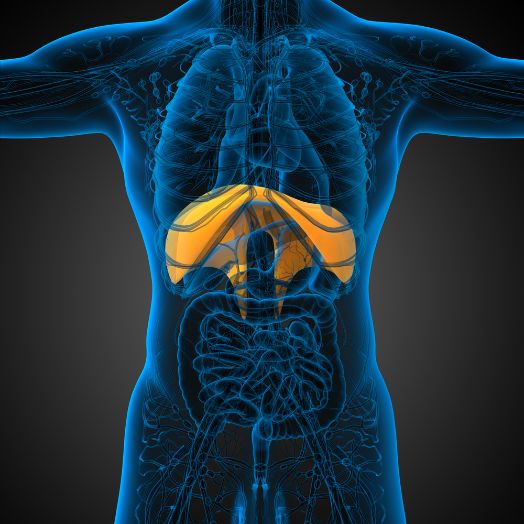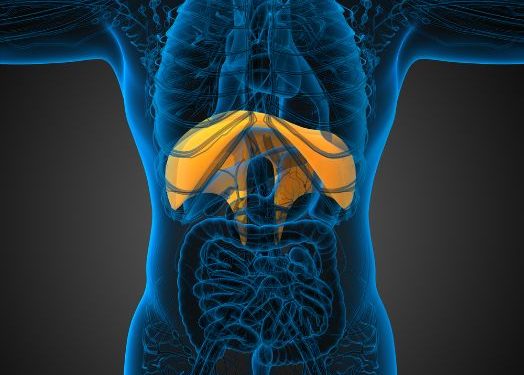Paralysis of the diaphragm is a condition that can cause significant problems with breathing. It is caused by a range of different illnesses. In most cases, the symptoms of paralysis are mild. However, in some cases, the condition can be life threatening.
The diaphragm is a large muscle that sits below the lungs. This muscle separates the chest cavity from the abdominal cavity. When the diaphragm contracts, it helps the lungs to expand. If the diaphragm is damaged or weak, it is difficult to breathe. Some people may experience shortness of breath with exercise or lying flat on their back. They also may have difficulty with maintaining an adequate amount of gas exchange. These symptoms can be accompanied by rapid shallow breathing.
A physical exam can be used to confirm the diagnosis. You can check for signs of diaphragmatic weakness, such as shortness of breath when sitting or standing. Other tests include pulmonary function tests, which can be done while you lie down. Your doctor will also do a nasal sniff test to assess the movement of the diaphragm.
Fluoroscopy is another diagnostic test that can be used to determine whether the diaphragm is paralyzed. This test involves a series of X-rays to allow the doctor to see the movements of the hemidiaphragms. To conduct this test, the patient is asked to rapidly inhale through his nose. The radiologist will then watch the diaphragm as it moves. Any abnormalities will be shown on the X-ray.
Typically, a phrenic nerve is injured. When the phrenic nerve is damaged, it is no longer able to control the movements of the diaphragm. Symptoms of phrenic nerve paralysis can include shortness of breath, coughing, and difficulty breathing. Often, phrenic nerve damage occurs as a result of an injury, such as from a car accident. Depending on the type of phrenic nerve injury, you can have a paralyzed left or right side of your diaphragm.

If you are unsure of what symptoms to look for, talk with your doctor about your medical history. Your recent travel or vaccination records may help you make a good diagnosis. If your doctor finds that you have a history of disease that can cause a phrenic nerve injury, a nerve conduction study is necessary to further determine the underlying reason for your symptoms.
Treatment options for diaphragm paralysis include observation, respiratory support, and surgery. The severity of your symptoms will determine what treatment is most appropriate for you. For more advanced cases, surgical intervention can be a good option.
Physical therapy can help strengthen the muscles of the neck and abdomen. If the patient’s phrenic nerve is intact, a pacemaker can be implanted to provide a source of energy to the diaphragm. Surgical procedures such as robotic surgery can be performed at the University of Utah Health.
Nonsurgical treatments for diaphragmatic weakness include physical therapy, pulmonary retraining, and a continuous positive airway pressure (CPAP) machine. The best way to get the most from your treatment is to determine what is causing your symptoms and then work on correcting the problem.









